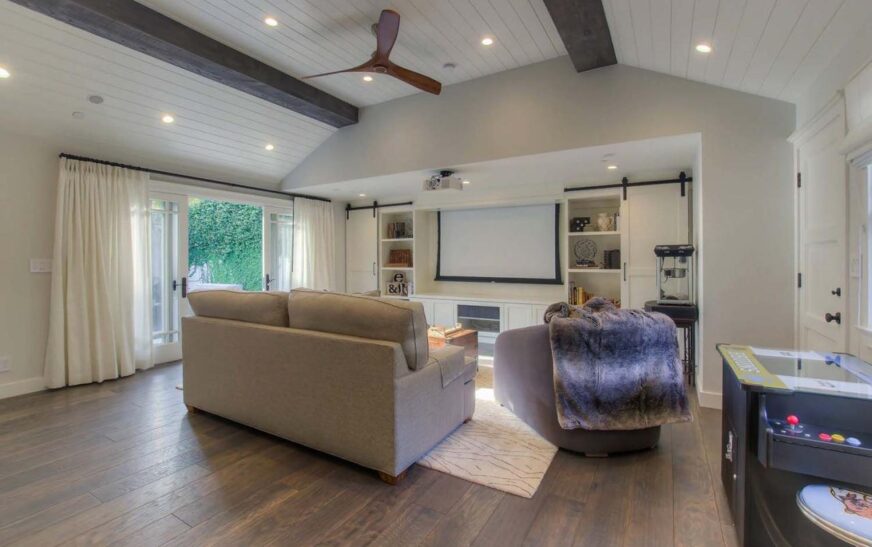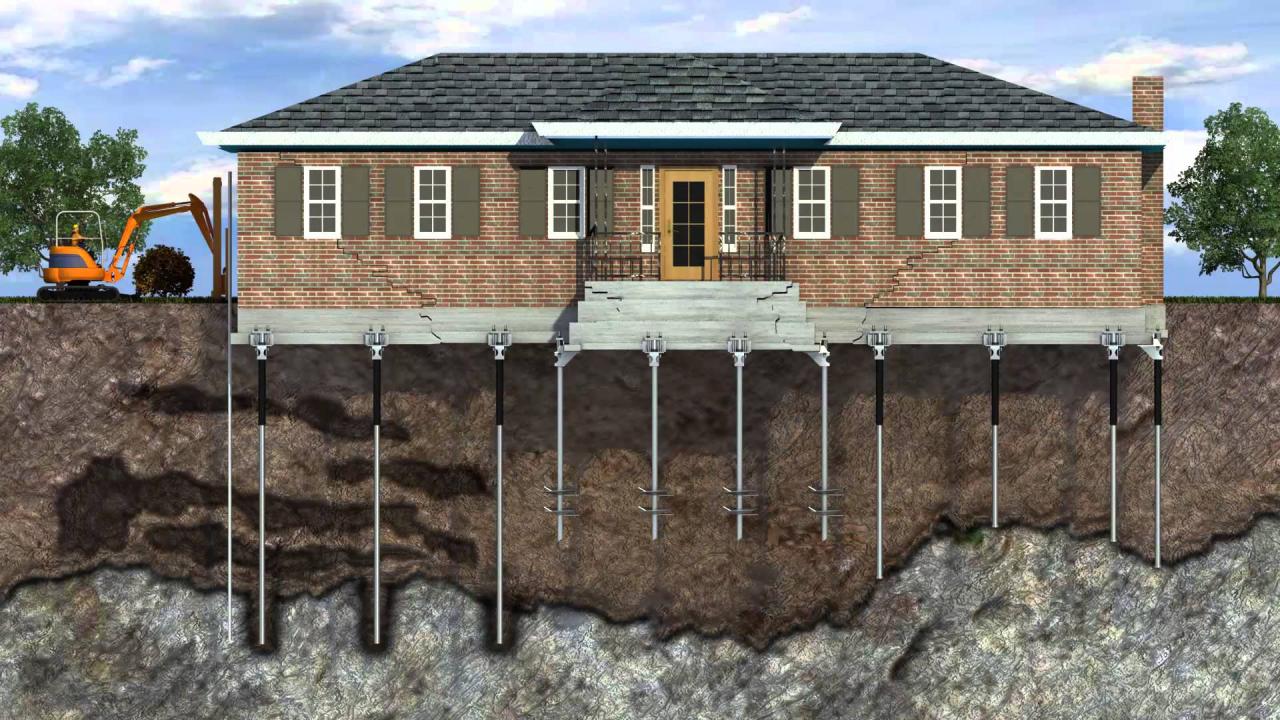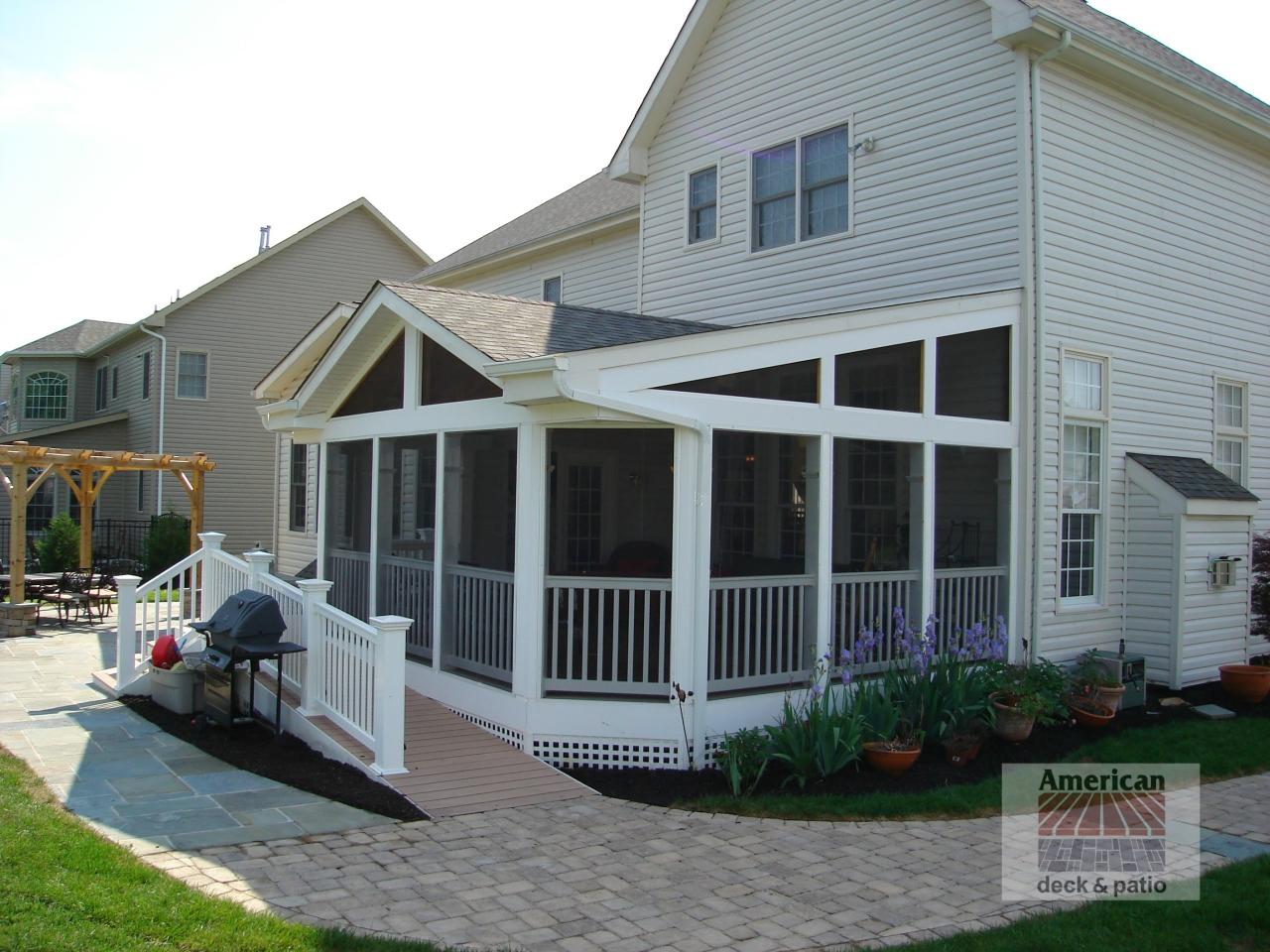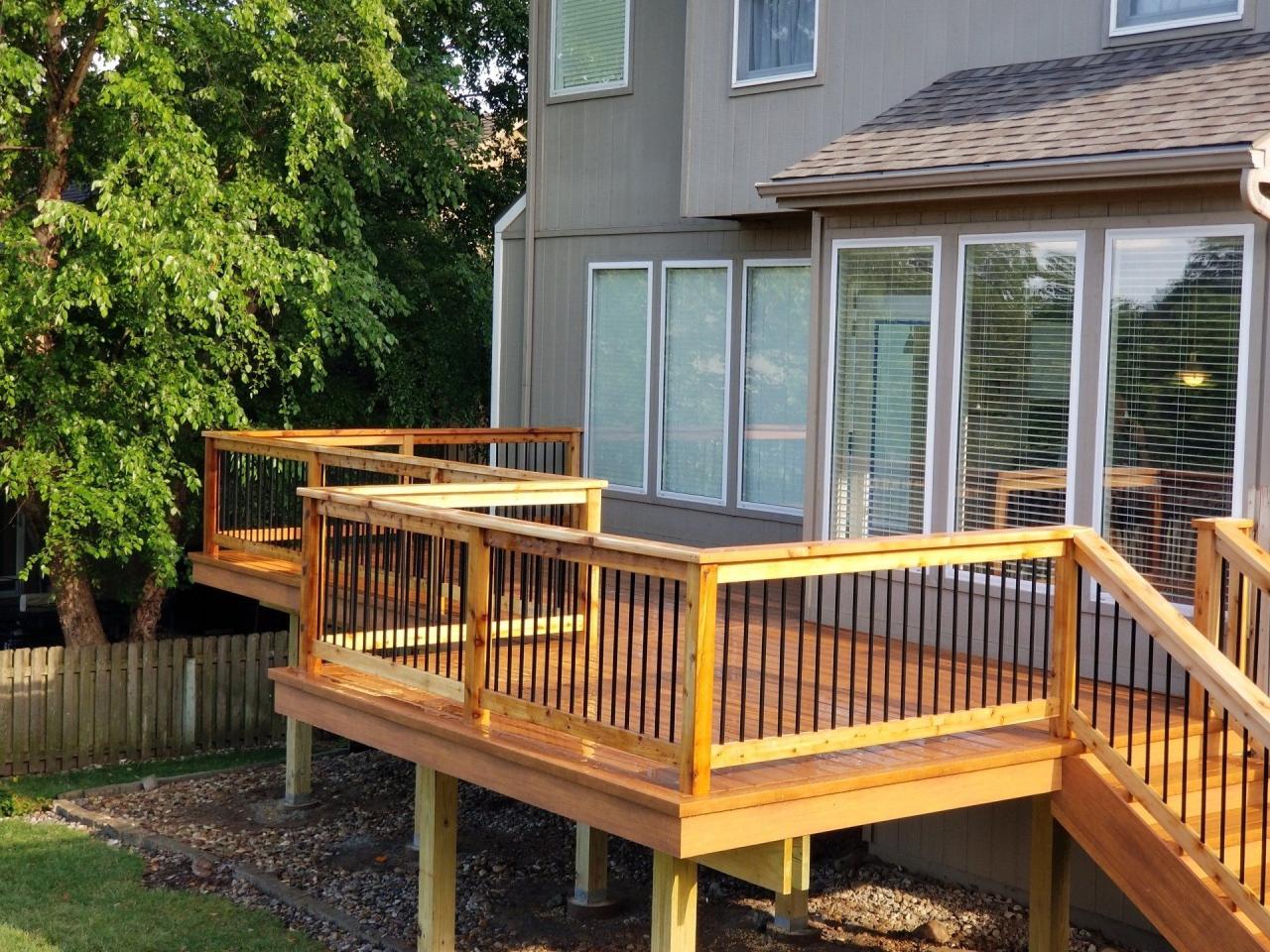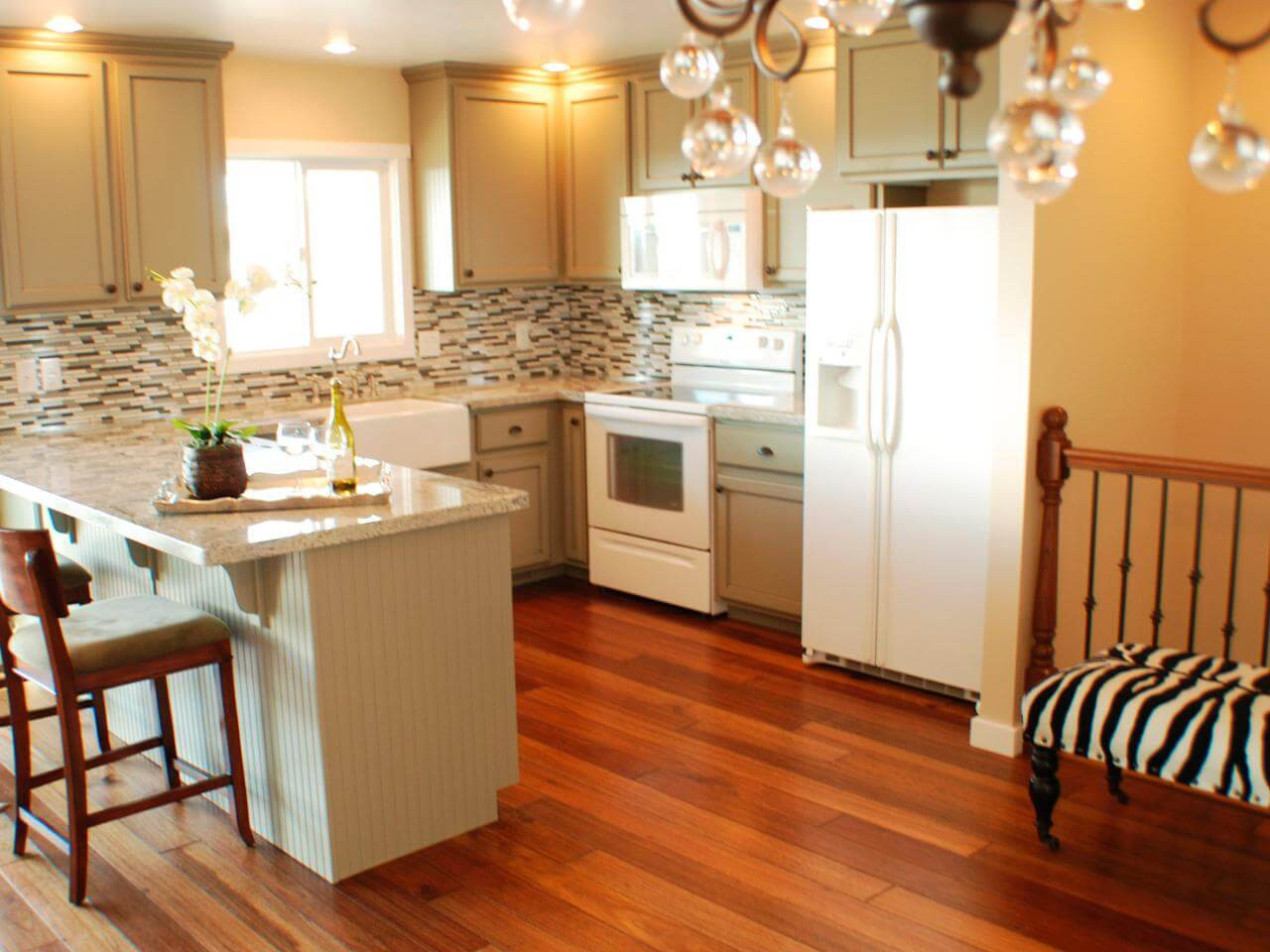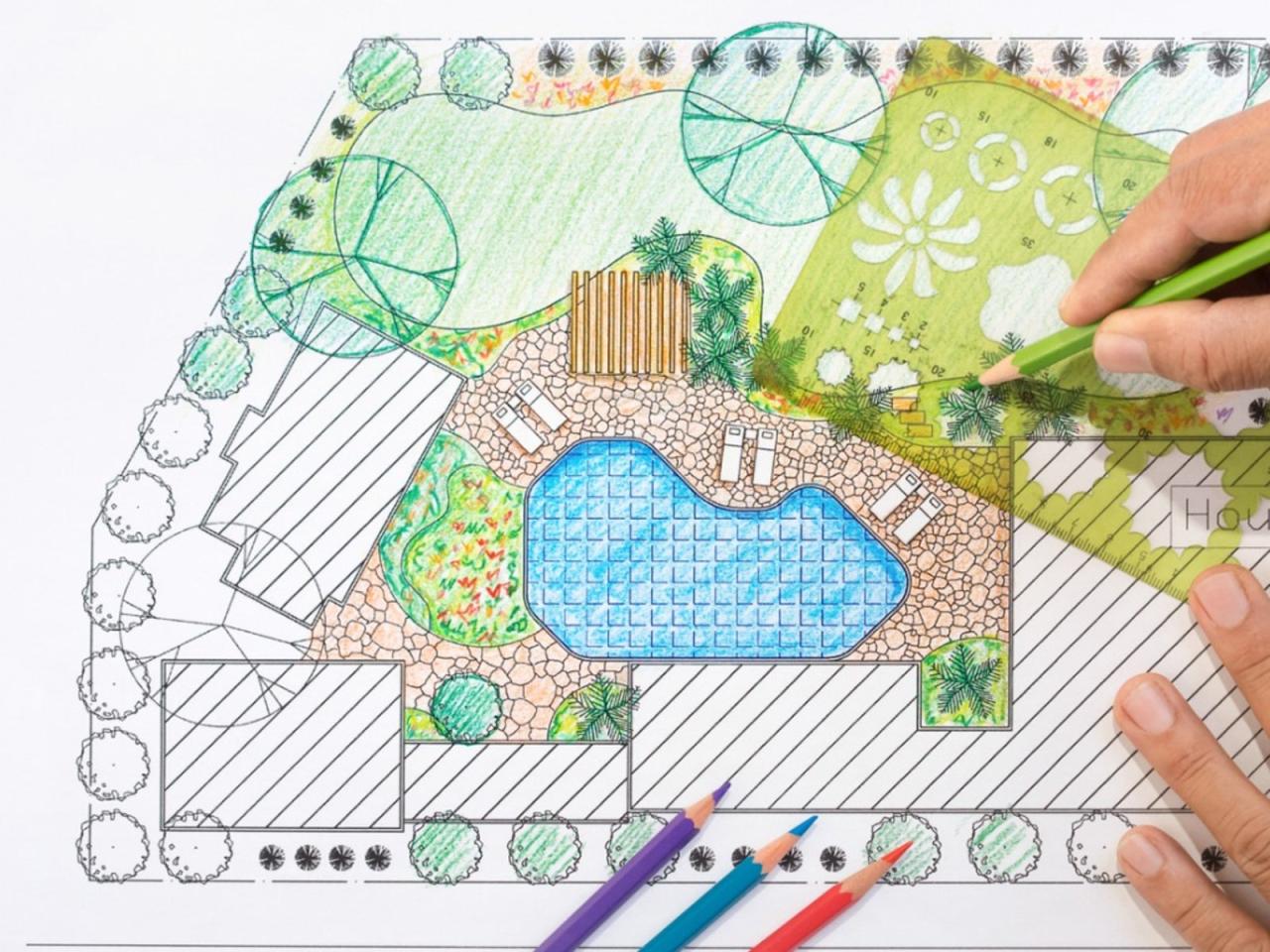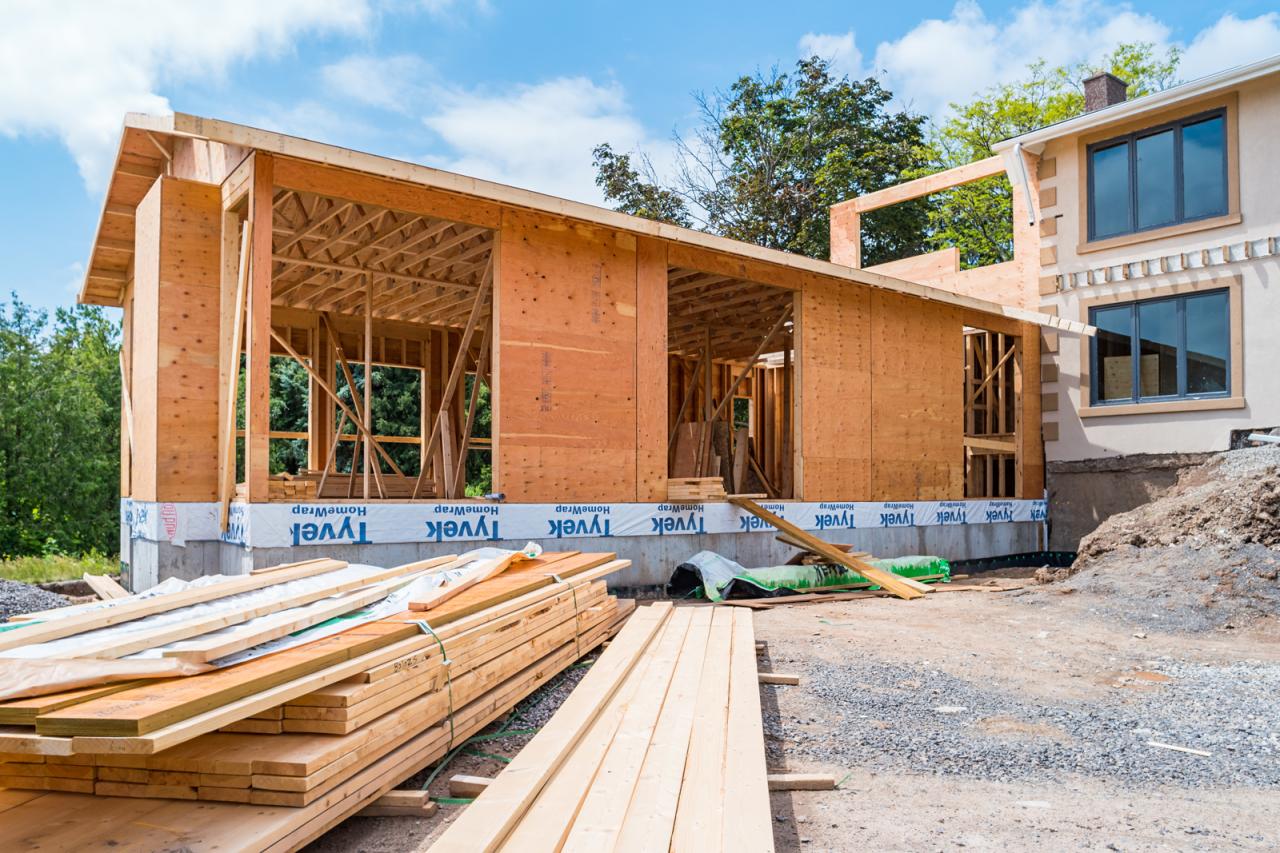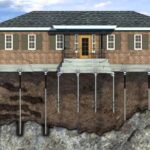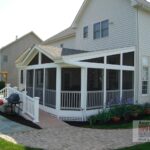Embarking on the journey of converting a garage into a living space involves various costs that can significantly impact your budget. In this detailed guide, we will explore the key factors influencing these costs, breakdown the expenses involved, analyze average cost ranges in different regions, and compare the DIY approach with hiring professionals.
Get ready to delve into the world of garage conversion costs!
Factors Affecting Cost
When converting a garage into living space, several factors can significantly impact the overall cost of the project. Understanding these key factors is essential for budgeting and planning purposes.
Size of the Garage
The size of the garage plays a crucial role in determining the cost of conversion. A larger garage will require more materials and labor, resulting in higher expenses. For example, converting a single-car garage will be less costly compared to converting a double-car garage.
Structural Changes
If structural changes are needed to transform the garage into living space, such as adding windows, doors, or insulation, the cost of the project will increase. Structural modifications often involve additional labor and materials, impacting the overall budget.
Materials and Finishes
The choice of materials and finishes used in the conversion project can significantly affect costs. Opting for high-end finishes and premium materials will result in a higher total expense compared to using standard or budget-friendly options. For instance, hardwood flooring will cost more than laminate flooring, impacting the overall budget.
Permits and Regulations
Obtaining permits and complying with building regulations are essential steps in garage conversion projects. The cost of permits, inspections, and ensuring compliance with local regulations can add to the overall expenses. Failure to meet regulatory requirements can result in additional costs and delays.
Labor Costs
Labor costs, including hiring contractors, electricians, plumbers, and other professionals, can significantly impact the total cost of the conversion project. Skilled labor comes at a higher price, and the complexity of the work required will influence the overall labor expenses.
Cost Breakdown
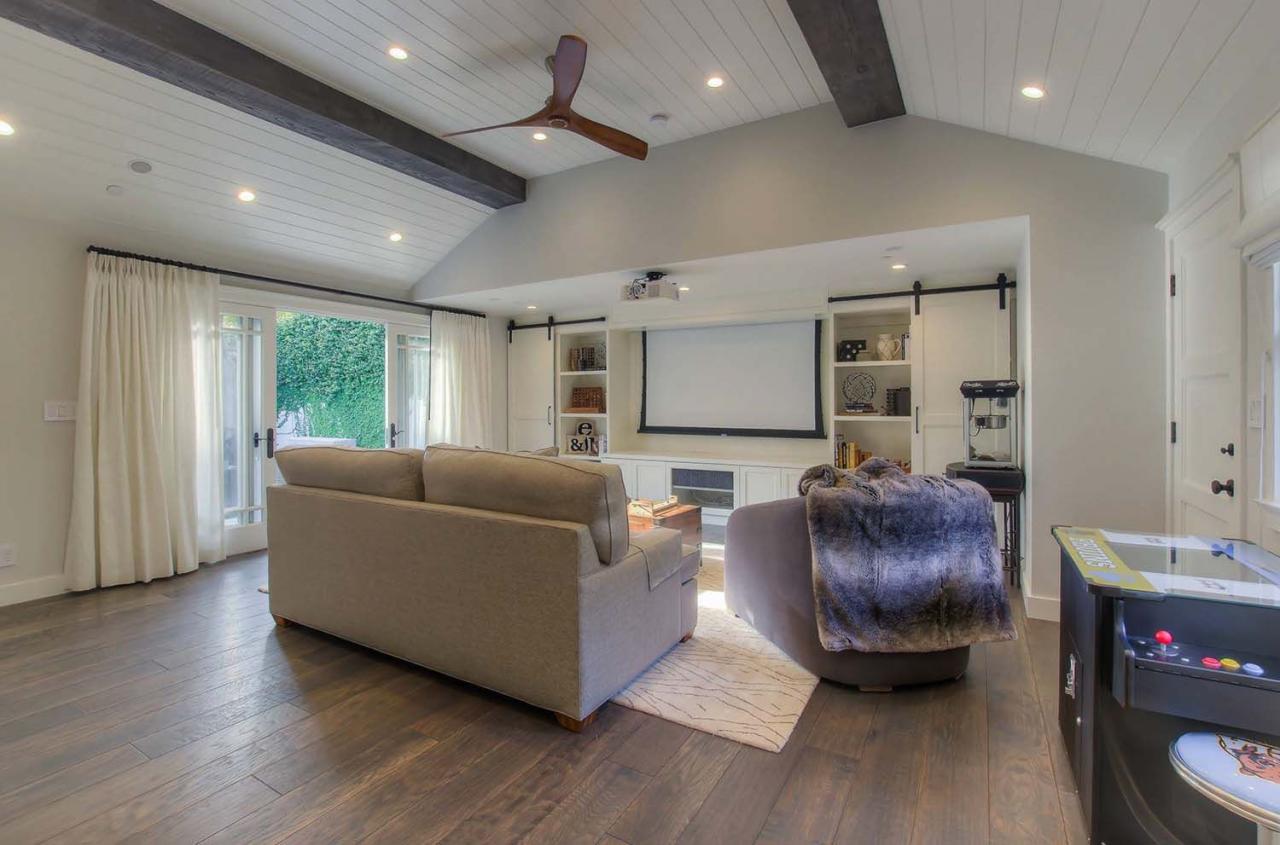
When converting a garage into a living space, it is essential to consider the various costs involved in the process. This breakdown will Artikel the typical expenses homeowners can expect when undertaking such a project.
Materials
- Insulation: This is crucial for regulating temperature and reducing energy costs.
- Drywall: Needed for walls and ceilings to create a finished look.
- Flooring: Options include hardwood, laminate, tile, or carpet.
- Windows and doors: Provide natural light and access to the space.
- Electrical and plumbing fixtures: Essential for a functional living area.
Labor
- Contractor fees: Hiring professionals for demolition, construction, and installation.
- Electrician and plumber: Specialists needed for electrical and plumbing work.
- Painter: To paint walls and ceilings for a polished finish.
Permits and Design Fees
- Building permits: Required for structural changes and ensuring compliance with building codes.
- Architect or designer fees: If professional design services are needed for the project.
Additional Expenses
- Furniture and decor: Costs for furnishing the new living space.
- Landscaping: If exterior changes are made to accommodate the conversion.
- Contingency fund: Setting aside extra funds for unexpected costs or changes during the project.
The most expensive aspects of garage conversion tend to be labor costs, as skilled professionals are required for various tasks. Homeowners can potentially save money by doing some of the work themselves, such as painting or simple installations. It is crucial to budget carefully and plan the project thoroughly to avoid overspending.
Average Cost Analysis
When it comes to converting a garage into living space, the average cost can vary significantly depending on various factors. It's essential for homeowners to understand the average cost range in different regions, taking into account the size of the garage, the level of finishes, and the complexity of the conversion.
Cost Range by Region
In general, the cost of converting a garage into living space can range from $10,000 to $25,000 or more. However, this cost can vary based on the location of the property. For example, in urban areas where construction costs are higher, homeowners may expect to pay more for the conversion compared to rural areas.
It's crucial to research and gather quotes from local contractors to get a more accurate estimate based on your region.
Cost by Garage Size
The size of the garage plays a significant role in determining the cost of the conversion. Converting a single-car garage will generally cost less than converting a double-car garage or a larger space. The average cost per square foot can range from $50 to $150, depending on the size and layout of the garage.
Cost by Level of Finishes and Complexity
The level of finishes and the complexity of the conversion project will also impact the overall cost. Higher-end finishes such as hardwood floors, custom cabinetry, and premium fixtures will increase the cost of the project. Similarly, if the conversion involves structural changes, plumbing, or electrical work, the cost will be higher compared to a basic conversion without these additional components.
Homeowners should consider their budget, desired finishes, and the extent of the conversion project when planning for a garage conversion to living space.
DIY vs. Professional Conversion
When it comes to converting a garage into living space, homeowners often face the decision of whether to tackle the project themselves or hire professionals. Both options have their advantages and disadvantages, especially when considering cost-effectiveness and the quality of work.
Cost Comparison
- Hiring professionals for a garage conversion typically comes with a higher upfront cost due to labor and material expenses.
- DIY conversion can be more cost-effective as you save on labor costs, but it requires more time and effort on your part.
- Professionals may have access to discounts on materials, which can help offset some of the costs.
Pros and Cons
- Professional Conversion:Pros include expertise, quicker completion, and potentially higher quality work. However, the cons are the higher cost and less flexibility in decision-making.
- DIY Conversion:Pros include cost savings, flexibility in scheduling, and a sense of accomplishment. The cons are the time commitment, potential for mistakes, and lack of professional expertise.
Tips for DIY Conversion
- Research and plan extensively before starting the project to avoid costly mistakes.
- Seek guidance from online tutorials, books, or professionals for specific tasks you're unsure about.
- Take safety precautions seriously and invest in proper tools to ensure the quality of work.
- Start with smaller projects within the conversion to build confidence before tackling more complex tasks.
- Consider hiring professionals for tasks that require specialized skills, such as electrical or plumbing work, to ensure safety and compliance.
Final Thoughts
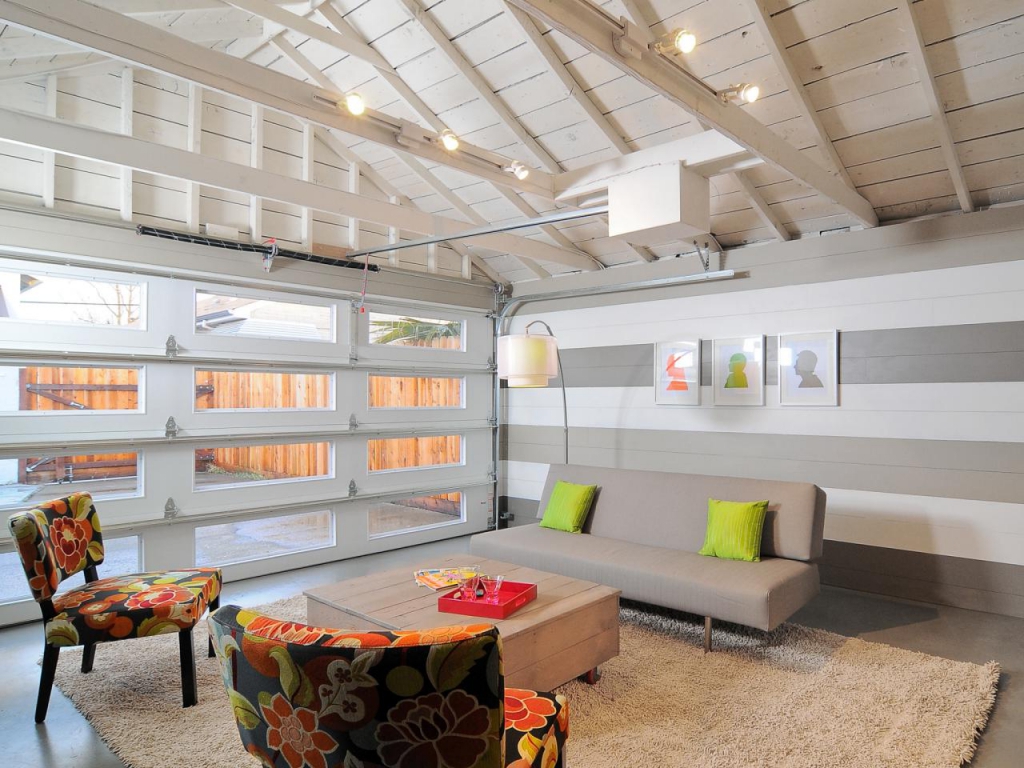
As we conclude our discussion on garage conversion costs, it becomes clear that meticulous planning and understanding of the factors at play are crucial for a successful project. Whether you choose the DIY route or hire professionals, being aware of the expenses involved will help you make informed decisions.
Transforming your garage into a living space is not just about cost, but also about creating a functional and beautiful extension of your home.
Key Questions Answered
What factors influence the cost of garage conversion to living space?
The key factors include the size of the garage, materials used, labor costs, level of finishes, and any additional structural requirements.
What are the typical costs involved in converting a garage into living space?
The costs typically include materials, labor, permits, design fees, and any unforeseen expenses that may arise during the project.
How do DIY and professional garage conversions differ in terms of cost?
Hiring professionals can be more expensive but ensures quality work, while a DIY approach can save money but requires time and effort on the homeowner's part.

